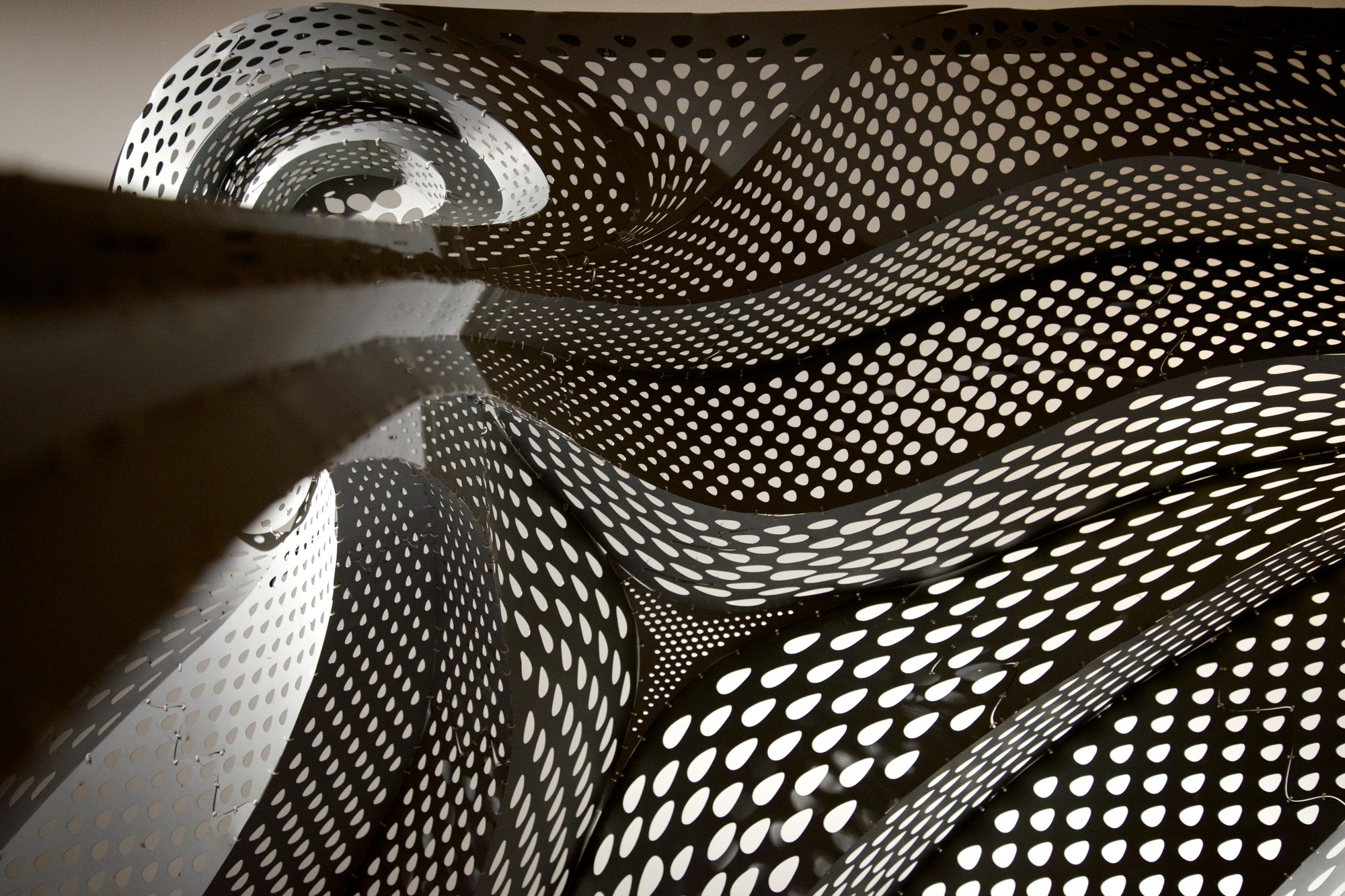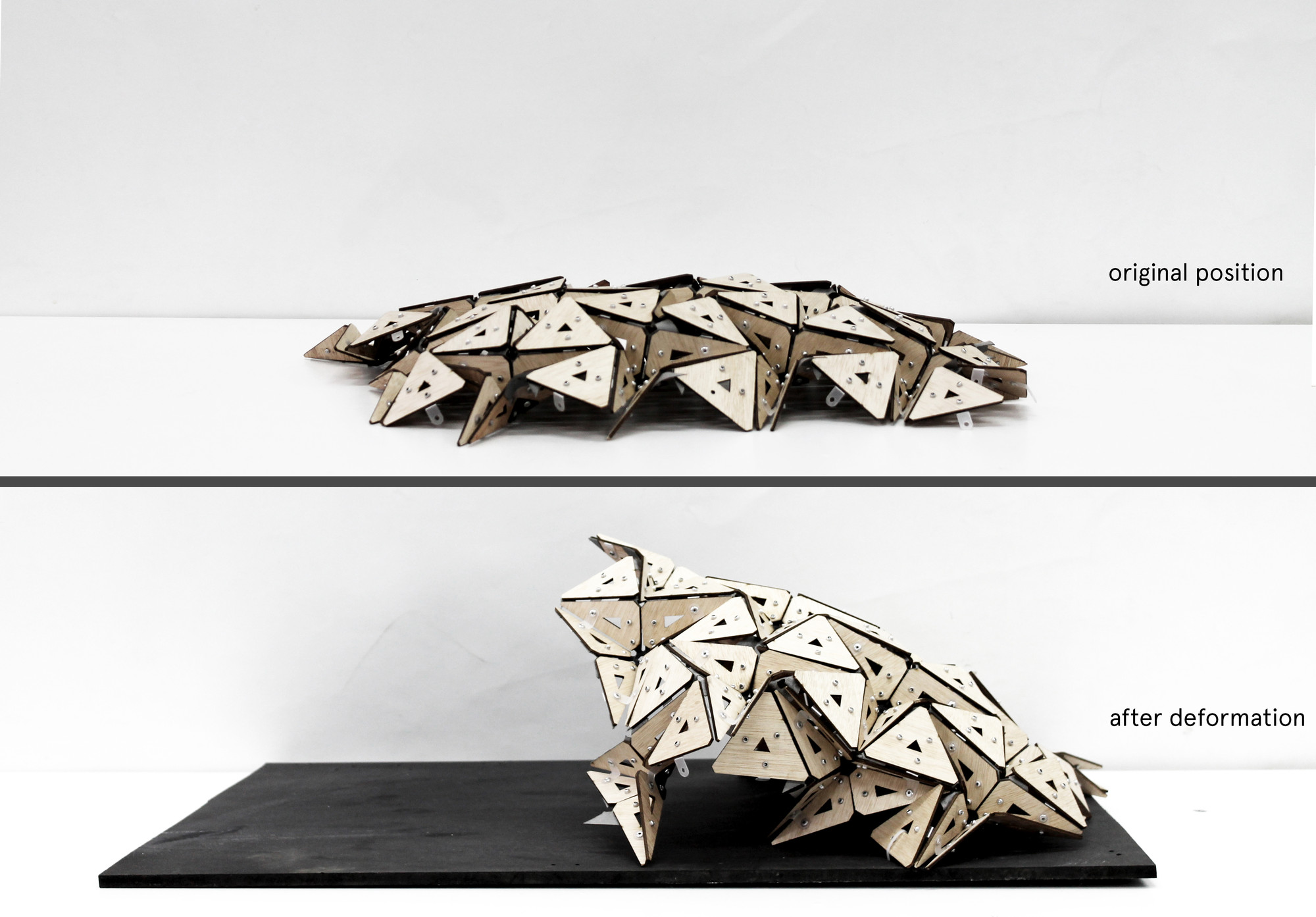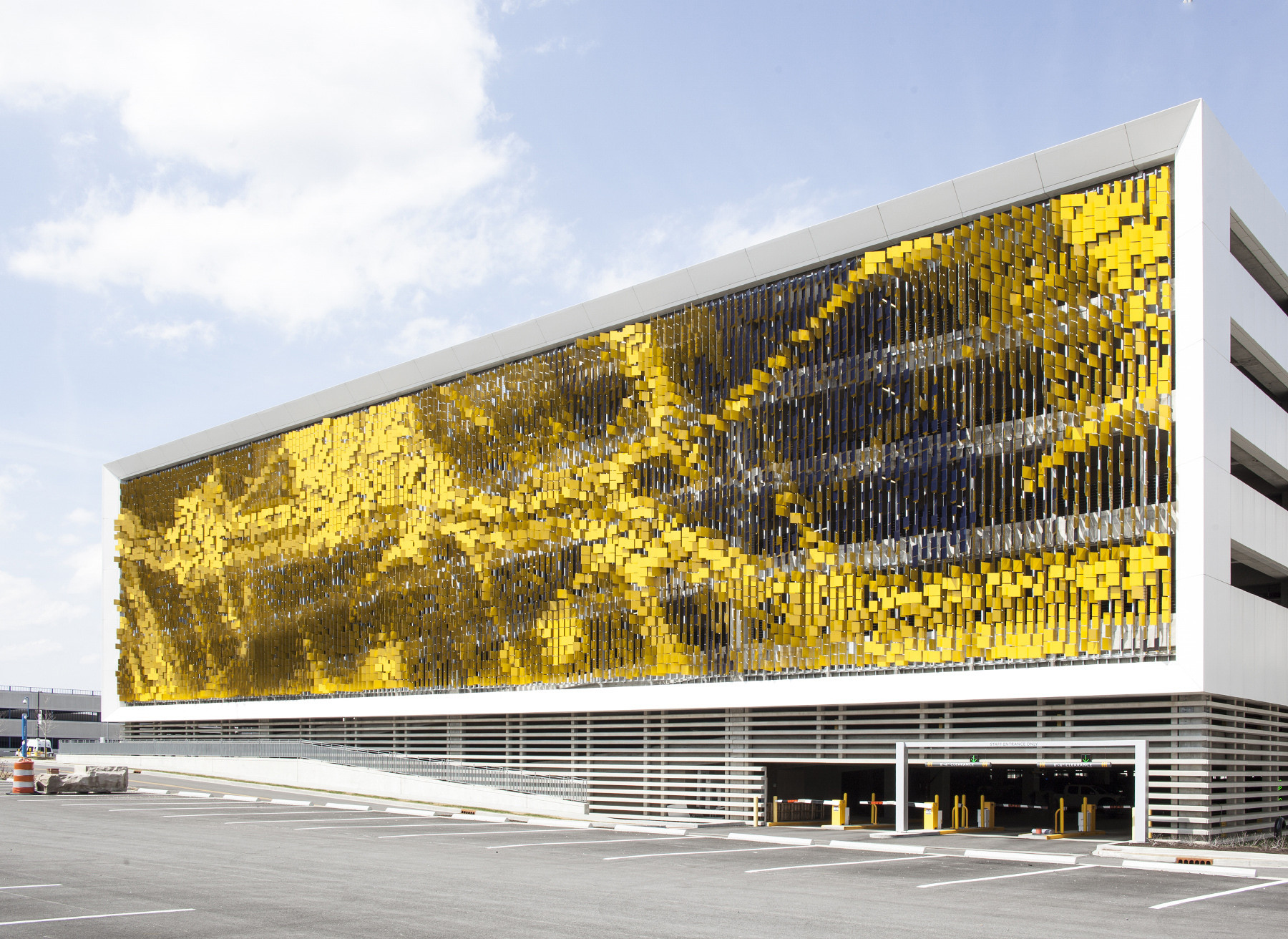
3D printing technology continues to advance, developing new applications which are particularly promising for the world of architecture. Now, researchers at the Department of Energy’s Oak Ridge National Laboratory (ORNL) have demonstrated a new manufacturing process that can create 3D printed metal components with an unprecedented degree of precision. For architecture, this could mean greater control over the customization of the smallest components in buildings, as well as more carefully engineered properties of the larger ones.


















